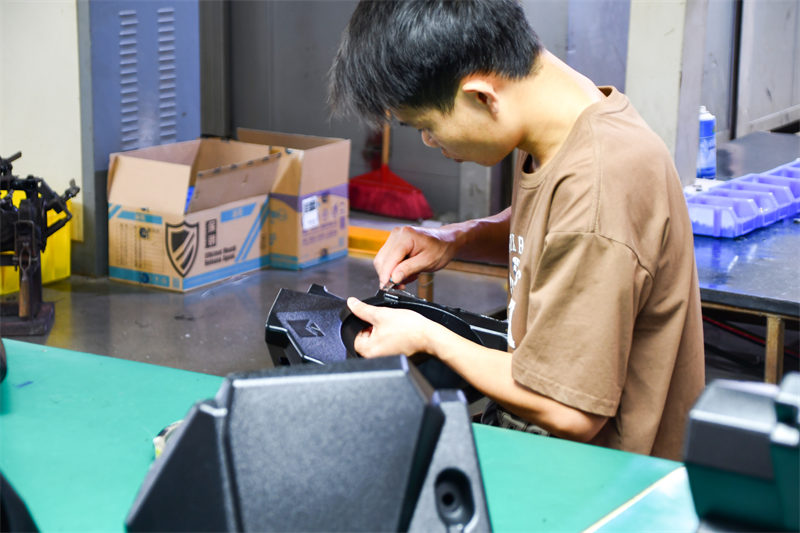What Type of Post-Processing Techniques Commonly Used for Rotomolded Products
 Apr 09,2024
Apr 09,2024

What Type of Post-Processing Techniques Commonly Used for Rotomolded Products?
Post-processing techniques such as trimming and cutting to precision, deburring to eliminate any rough edges, and finishing to achieve a smooth surface are essential for rotomolded products. Additional steps like painting and coating for protection and visual appeal, assembly and fitting to ensure proper functionality, and rigorous quality control and inspection to maintain high standards are also crucial. For instance, a rotomolded plastic trolley case might undergo a thorough deburring process to ensure that its edges are smooth and safe to touch. Afterward, it could be coated with a durable paint to protect it from outdoor elements. Each step is carefully executed to enhance the overall quality, functionality, and appearance of the rotomolded product.

Below are various post-processing techniques commonly used for rotomolded products.
1. Trimming and Cutting
After the rotational molding process, the product may have excess material, flash, or undesired protrusions that need to be removed. Trimming and cutting are essential post-processing steps to achieve the desired dimensions and shape of the product. Rotary knives, laser cutting, or water jet cutting techniques can be used depending on the material type and the complexity of the design.
2. Deburring and Finishing
Rotational molding can sometimes result in rough surfaces, edges, or burrs. Deburring and finishing processes are necessary to smooth out these imperfections and enhance the product's aesthetics. techniques such as sanding, polishing, or grinding can be employed to achieve a desired finish.
3. Painting and Coating
To improve the product's appearance and protection against environmental factors, painting and coating are commonly used post-processing methods. Electrostatic painting, powder coating, or wet painting techniques can be applied to provide a durable and attractive finish. Additionally, special coatings can be applied to enhance the product's resistance to chemicals, UV radiation, or abrasion.
4. Assembly and Fitting
Many rotational molding products require assembly and fitting of various components. This post-processing step involves joining different parts together using techniques such as sonic welding, adhesive bonding, or mechanical fastening. It is crucial to ensure proper alignment and functionality of the assembled product.
5. Quality Control and Inspection
To ensure the final product meets the required specifications and standards, rigorous quality control and inspection processes are essential. Visual inspection, dimensional checks, and functionality tests should be performed to identify and rectify any defects or inconsistencies in the rotational molding products.
These post-processing techniques can leverage the full potential of rotational molding to create durable and visually appealing products for various applications.
 Tel: 0086-13632687993
Tel: 0086-13632687993  Email: roto@lightvenus.com
Email: roto@lightvenus.com

 Home
Home How to Decide Whether Rotational Molding is Suitable for a Plastic Product
How to Decide Whether Rotational Molding is Suitable for a Plastic Product  You May Also Like
You May Also Like



 Tel
Tel
 Email
Email
 Address
Address








